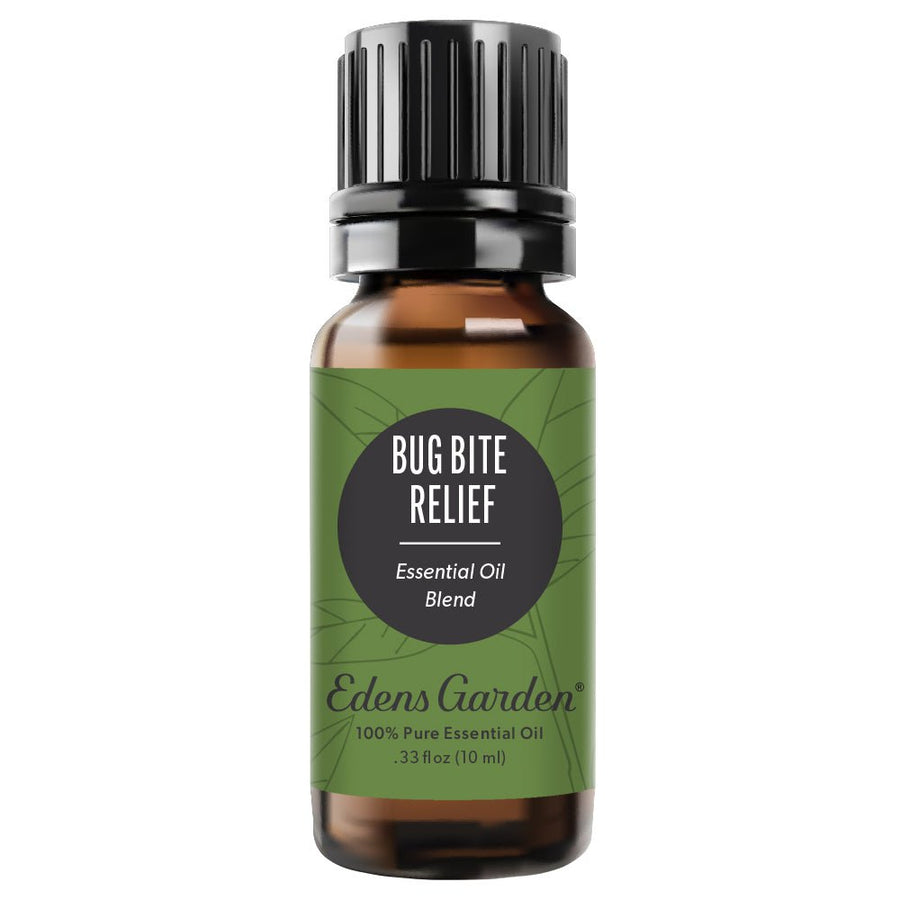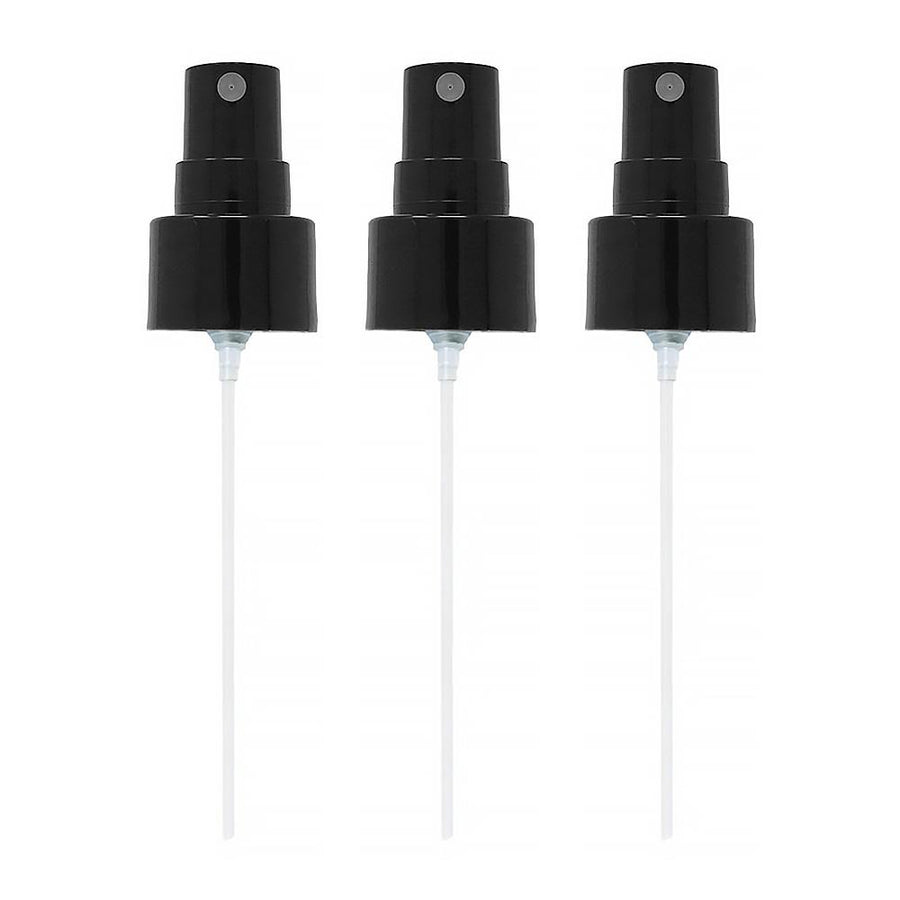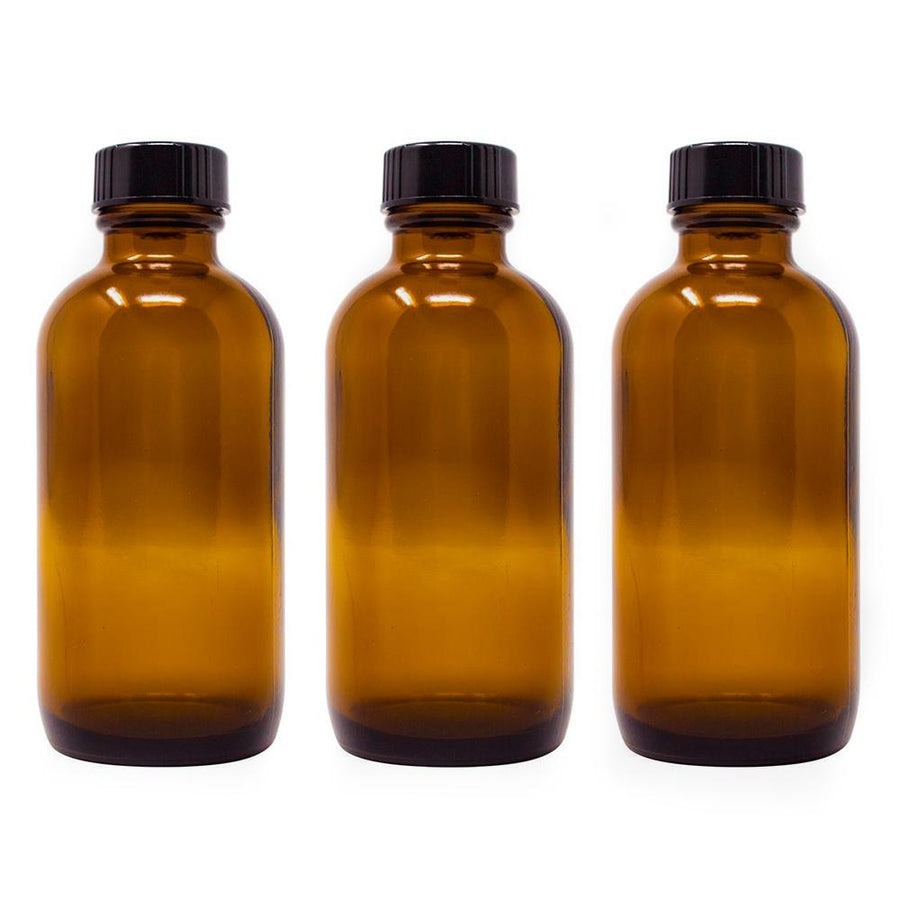Embrace The Outdoors | Bug Bite Relief- Your Natural Companion

Looking at the bright side of life is a quality that helps to keep one's mind and body on an even keel but, as we all know from listening in on current events, it's all too easy to get caught up in the negativity of worldwide news. Some of this worldwide news revolves around a warming climate. There is an undeniable impact and cascading risk currently associated with ecosystems and new weather patterns that influence the heat patterns of the earth. (1)
Just a few degrees of warming in the last decade or two are responsible for an enlarging and growing habitat for pests. Bugs such as mosquitos, ticks, fleas, midges, flies and other biting insects tend to seek out conditions and climates that serve them and unfortunately for us, carry a bigger risk of disease. In many regions of the world including the United States, people are facing a growing threat from insect-borne diseases such as West Nile virus, Dengue fever, Malaria, Zika, Lyme disease and a growing concern over the spread of parasitic leishmaniasis carried by sand flies. (2,3,4)
However, there is a brighter side to this vulnerability in utilizing certain plant-based essential oils to assist and protect us from insect bites when we venture outdoors and in the thick of nature. For those of us who would prefer to avoid synthetic products, we have a safe and effective solution for you to avoid those pesky insects.
The Joy Of Outdoor Adventures
Spending time outdoors encourages us to unite and deepen our existence with nature. It helps us breathe deeper, reduces stress and anxiety and can bring us closer to family and friends. It also plays a hand in getting us off devices and resets our circadian rhythm so that we can sleep better. But for many, avoiding activities in the outdoors is easy to justify if only to avoid the irritation and itching that can come with it.
Thankfully there are options with natural ingredients so that we can out and stretch our legs without fearing pests. Repellents help keep mosquitoes and other biting insects away from our skin and are defined as products that hinder biting insects from biting or even landing on our skin by disrupting and confusing their odor sensors and attractants such as lactic acid and carbon dioxide. (1) There are two categories of repellents, synthetic and plant-based.
A Natural Solution For Skin Protection
Commercial repellents come with synthetic chemicals such as DEET and picaridin which many people prefer not to use for several reasons. While they can stave off mosquitoes and other biting insects, there are concerns about their use. Health risks include rashes and skin irritation, especially in children, as well as environmental factors such as runoff into streams and the chemicals getting into our groundwater supply. (1)
For these reasons, essential oils have been widely considered as an alternative to synthetics due to their low toxicity to both humans and their ease of unifying with the environment. Many studies target certain components of essential oils such as terpenes like citronellol, eucalyptol and linalool. These compounds work by preventing insects from detecting odors that attract them in the first place. (5)
The natural ingredients are innately powerful due to the aromatics and compounds found in essential oils. Bug Bite Relief essential oil blend, formerly known as Repel, targets these particular components that confuse biting insects to enhance your outdoor experience at any time of day. Plus, this blend at a 1-2% dilution is safe for use with children over the age of 2. For adults, we recommend a higher dilution between 3-5%.
The Powerful Ingredients
Bug Bite Relief is a powerhouse in the realm of protecting yourself and your loved ones from biting pests when outdoors. From Ylang Ylang, Nootka Tree, Lemon Eucalyptus, and Cedarwood to the fixative Vanilla, every oil in this blend has a component or two with aromatics that work diligently to repel and confound insects!
Besides the fact that many of these oils will boost mood and relieve stress, these oils contain the terpenes mentioned above such as linalool and citronellol. For example, Ylang Ylang has linalool as well as geranyl acetate. Linalool repels insects by confusing their odor receptors and Geranyl acetate not only repels these same insects but also attaches to lipids (fatty tissue) giving the oil blend more durability on the skin, helping the repellent to last longer. Lucky for us, the most compelling way to make essential oils more effective as a repellent is to combine several plant oils to work in unison. (1,6)
Here are other highlights of this superb blend:
- Nootka Tree is a lesser-known oil with the main component being Nootkatene. This compound has been noted by the CDC as a natural insect repellent, especially regarding mosquitoes and ticks. (7)
- Cedarwood has a long history as a safe and effective insecticide starting with the control of moth larvae. The cedrol content in this single oil demonstrates a clear path in repelling and killing ticks and other arthropods. (8)
- It was unknown how Catnip repelled biting insects until recently. Current research has discovered that Catnip is on par with certain synthetic repellents and that its main compound, Nepetalactone, acts as an irritant to bugs with a repellency rate of 95% when tested against mosquitoes. (9)
- Eucalyptus Lemon consists of over 55% of the terpene compound Citronellol. There have been many studies on its effectiveness against biting insects, especially mosquitoes. In one study, compared to others wearing no protection, those who used citronellol compounds had 42% fewer bites. However, one slight downside to this single oil is that it would have to be applied often to remain effective. Fortunately, when properly combined with other essential oils such as a fixative like Vanilla, its life is extended up to 3 hours. (10,11,12)
Practical Uses and Application
As you may know, essential oils are highly volatile and if not blended properly can dissipate after a short time when exposed to air. This suggests that EOs won't last as long when applied to the skin as commercially available DEET or picaridin insect-repellent products. However, these synthetic products can come with side effects, especially with younger children and can cause irritations to the eyes, skin rashes, nausea and in worse case scenarios, possible nervous system interactions. (1,13,14)
To keep your family safe from biting insects including ticks and avoid the side effects of commercially synthetic products, we suggest extending the life of essential oil repellents by diluting them with carrier oils. Some carrier recommendations include skin-loving Jojoba, Grapeseed and Almond oils. Research suggests that mixing repellent essential oils with a product like Vaseline (1) helped to keep the volatile essential oils active for a longer time period. Instead of using petroleum-based products, we suggest instead to try your hand at making an easy and skin-safe DIY salve with Bug Bite Relief or other Outdoor blends from Edens Garden.
Longer Lasting Bug Repellent Salve*
What you need:
75 grams Sweet Almond, Coconut or Jojoba oil (1/3 cup or 5.5 oz)
9-10 grams Beeswax (1 oz)
90 (45) drops Bug Bite Relief essential oil (ages 2-10)
Instructions:
- Melt the Beeswax in a double boiler or a Pyrex placed on top of a pot with water. Turn the heat on to a gentle low to medium setting - enough so that the Beeswax will melt.
- Once melted, add the carrier oil and stir to mix the oil with the wax until fully incorporated.
- Remove from the heat and add the essential oils, mixing them into the blend.
- Pour immediately into tins or a small mason jar or two.
- Label the jar and store it in a cool, dark place when not in use.
- Massage gently onto exposed skin when heading outdoors and reapply when needed.
Because mosquitoes love some people more than others, we suggest noting the time the blend is applied to the skin and keeping track of when it's necessary to reapply the product. For general use, we suggest reapplying approximately every 75-90 minutes.
Topical Skin Repellent Oil*
- Blend 15-18 drops into 1 oz of Unscented Cream or Carrier Oil.
- Keep any critters from biting and away from your skin by gently massaging this blend onto exposed skin before heading outdoors.
*To avoid sensitivities, especially with people who have sensitive skin, we highly recommend performing a skin patch test when using a new essential oil topically.
Jewelry Diffusers
- Add a drop of Bug Bite Relief to Edens Garden jewelry diffusers.
Floating Candle
- Add mint leaves, rosemary sprigs and fresh lime or lemon slices to a mason jar and fill with water.
- Place 10 drops of Bug Bite Relief essential oil into the water and gently put a floating votive candle onto the water and light it.
- Place jars around your outdoor sitting area to ward off mosquitoes and other biting insects.
DIY Bug Spray
Although you may have to reapply this more than an oil-based product, a DIY bug spray can also be used on the hair and clothing.
- In a 4 oz Glass Spray Bottle with a Spritzer, blend .5 oz of 190-Proof Grain Alcohol (such as Everclear) with 50 drops or so of Bug Bite Relief essential oil blend. Let this mixture sit for a few hours or optimally overnight so that the oils will disperse into the alcohol.
- After that time, add 1.5 oz of Witch Hazel and 2 oz of Distilled water. (Optional: lessen the amount of water and add .5 oz of coconut oil to the blend.)
- Shake the ingredients well and spray onto the skin, hair and clothing, using as often as needed. Be sure to keep the bottle in a cool, dark place to preserve the ingredients and protect them against sunlight.
Enjoying Nature Bug-Free
There are so many positive testimonials from users of Bug Bite Relief. Melanie in Florida adds that being outside can be unbearable, leaving bites, itchiness, pain and discomfort that can last for weeks. After applying this oil blend for the first time she was amazed to realize she was not getting bitten at all and compared to other oil blends she tested, this was and is the best product she has ever used to keep bugs away.
Sherri, another user based in Vermont stated that as a mosquito magnet, she makes her own DIY body spray with Bug Bite Relief oil blend, witch hazel and water (recipe above) and is not at all affected by biting insects. She even applies a drop to her palms and runs it through her hair to keep deer flies at bay adding that Bug Bite Relief to her is “gold.”
For its strength against pests, using and making your own plant-based products also protects the environment! Here is how:
- Reuse & Reduce: When you hand-make products, you can reuse containers which means less trash and fewer plastics are thrown into landfills.
- Biodegradable and free of harmful chemicals: essential oils and natural products without synthetic chemicals break down easily in water and soil and are less toxic to animals and do not poison water supplies.
- Reduce carbon footprint: By handmaking products, you minimize shipping (gas use) and packaging (plastics) lessening your carbon use and reducing the use of raw materials.
If you are still determining which repellent blend is right for you, check out Edens Garden This or That blog post for comparison as well as any other outdoor blends to keep you safe and secure!
SOURCES
- Essential Oils as Repellents Against Arthropods https://www.ncbi.nlm.nih.gov/pmc/articles/PMC6189689/
- Insect Borne Diseases https://www.pennmedicine.org/for-patients-and-visitors/find-a-program-or-service/travel-medicine/most-common-health-risks/insect-borne-diseases
- How Does Climate Change Affect Disease? https://earth.stanford.edu/news/how-does-climate-change-affect-disease
- Natural Products against Sand Fly Vectors of Leishmaniosis: A Systematic Review https://www.ncbi.nlm.nih.gov/pmc/articles/PMC8402801/
- Using Essential Oils for Bug Bites https://www.adv-bio.com/using-essential-oils-for-bug-bites/
- Design of a Repellent Against Aedes aegypti https://www.ncbi.nlm.nih.gov/pmc/articles/PMC7530563/
- Nootkatone: A New Active Ingredient for Developing Insecticides and Insect Repellents https://www.cdc.gov/ncezid/dvbd/media/dpk-nootkatone.html
- Bioactivity of Cedarwood and Cedrol Against Arthropods https://pubmed.ncbi.nlm.nih.gov/24690252/
- Catnip Repels Insects https://www.sciencenews.org/article/how-catnip-plant-repels-insects-mosquitoes-chemical-receptor
- Effectiveness of plant-based repellents against different Anopheles species: a systematic review https://pubmed.ncbi.nlm.nih.gov/21481108/
- Oil of Lemon Eucalyptus as an Insect Repellent https://www.reliasmedia.com/articles/83135-oil-of-lemon-eucalyptus-as-an-insect-repellent
- Types of Essential Oils to Repel Mosquitoes https://www.webmd.com/skin-problems-and-treatments/types-of-essential-oils-for-mosquitoes
- The Toxicity of Picaridin Containing Insect Repellent Reported to the National Poison Data System https://pubmed.ncbi.nlm.nih.gov/27213820/
- Is DEET Bad for You? https://www.medicalnewstoday.com/articles/is-deet-bad-for-you#deet-free-alternatives







Leave a comment (Comments will be approved before showing up)